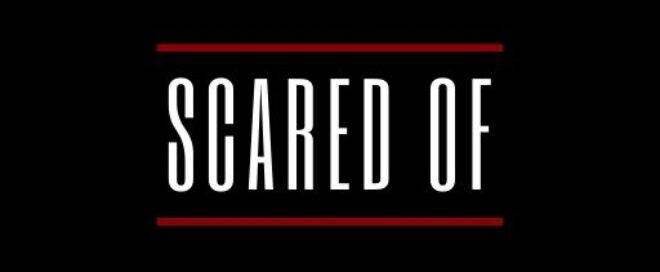Humans Replace Lions As Top Threat

What if the scariest sound on the savannah isn’t a lion’s roar – but our own voice? For generations, lions symbolized the ultimate terror for wildlife, the apex that shaped behavior across Africa’s plains. New research flips that script in a way that feels both surprising and uncomfortably logical. Across multiple species, animals react more strongly to humans than to lions.
It’s a jolt to the ego, and a mirror we might not like holding up. We don’t have claws or fangs, but our presence, tools, and history have turned us into the fear that reshapes entire landscapes.
Animals More Afraid Of People

Elephants, rhinos, giraffes – giants that once squared off with big cats – now choose to avoid us first. Their behavior supports a growing body of evidence that humans function as a kind of super predator, one that animals have learned to treat as the most dangerous force in their world.
Fear like this doesn’t come out of nowhere; it’s built from generations of encounters that end badly for wildlife. If you’ve ever watched a herd freeze at the crack of a branch, you’ve seen that survival instinct kick in – only now, it’s pointed squarely at us.
Startling Reactions To Human Voices

In South Africa’s Greater Kruger National Park, hidden speakers played either lion sounds or calm human voices. Animals were about twice as likely to bolt when the voices were human, and they abandoned precious waterholes roughly about forty percent faster after hearing people instead of lions.
Think about that: a gentle conversation was more alarming than a predator’s growl. Water is life, yet fear of us is strong enough to push animals away from it sooner and more often.
Fear Seen Across Species

This wasn’t a fluke limited to one or two species. The heightened fear response showed up in roughly about ninety-five percent of animals recorded, from giraffes and zebras to leopards, hyenas, warthogs, kudu, and impala.
Different diets, sizes, and strategies – same reaction. When such a wide range of species align in fear, you’re not seeing a quirk; you’re seeing a rule of the landscape.
Study Surprises Researchers

The voices used weren’t shouting, threatening, or aggressive. They were calm and spoken in local languages, the kind of ordinary sound you’d hear on a bus or a park trail.
Even so, researchers were struck by how consistently intense the responses were across so many animals. Their expectation was caution; what they observed was a powerful, immediate fear that went beyond cautious curiosity.
Costs Of Constant Fear

Fear isn’t free. When animals abandon waterholes, they pay in energy, time, and risk, trekking farther for basic needs and exposing themselves to other dangers along the way.
Over days and weeks, that toll compounds – less drinking, less feeding, less resting, and more stress. Spread across a season or a lifetime, those costs can chip away at health, reproduction, and survival.
Humans as Super Predator

Globally, humans remove prey at rates that outpace any natural predator, thanks to tools like firearms, vehicles, and dogs. That history teaches wildlife a clear lesson: when in doubt, get away from people first.
Studies beyond Africa echo the same theme – mountain lions, deer, kangaroos, and wild boar all behave as if humans are the top threat in their world. It’s a pattern that spans continents and habitats, from forests and savannahs to suburbs.
Cascading Ecological Impacts

When fear reshapes where animals move and when they drink or feed, the effects ripple outward. Grazing shifts, predators and prey miss their usual overlaps, and even tree seedlings or shrubs feel the change as herbivores alter their routes.
Those ripples travel far – rodents behave differently, plants grow or fail under new pressures, and the landscape itself takes on a new rhythm. A single sound can redirect an entire web of life.
Conservation Dilemma

Here’s the sticky part: conservation relies heavily on tourism, yet even quiet, calm human presence can unsettle wildlife. A guide’s whispered briefing might seem harmless, but to a skittish antelope, it could be the cue to flee a safe water source.
We’re asking ecosystems to welcome us and heal at the same time. That tension doesn’t make tourism bad – it makes it something we must handle with more care and humility.
Protecting Sensitive Species

One practical path is to identify which animals are most disturbed and tailor protections accordingly. That can mean acoustic buffer zones, time-of-day rules near waterholes, and designated quiet corridors where human voices stay out of earshot.
Simple steps – training guides to modulate volume, limiting group sizes, placing hides at better distances – add up. My take: if we value close wildlife encounters, we should also value giving animals the breathing room to live without a constant flinch.
Conclusion

It’s sobering to realize that our everyday voices can outweigh a lion’s roar in the minds of wild animals. Fear shapes lives, and right now, it’s shaping them in ways that drain energy, fracture routines, and tilt entire ecosystems.
We can be present without becoming the scariest sound in the bush. The question is whether we’re willing to listen, adjust, and earn that trust – one quiet step at a time. Did you expect that?
